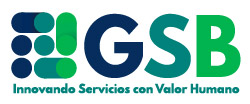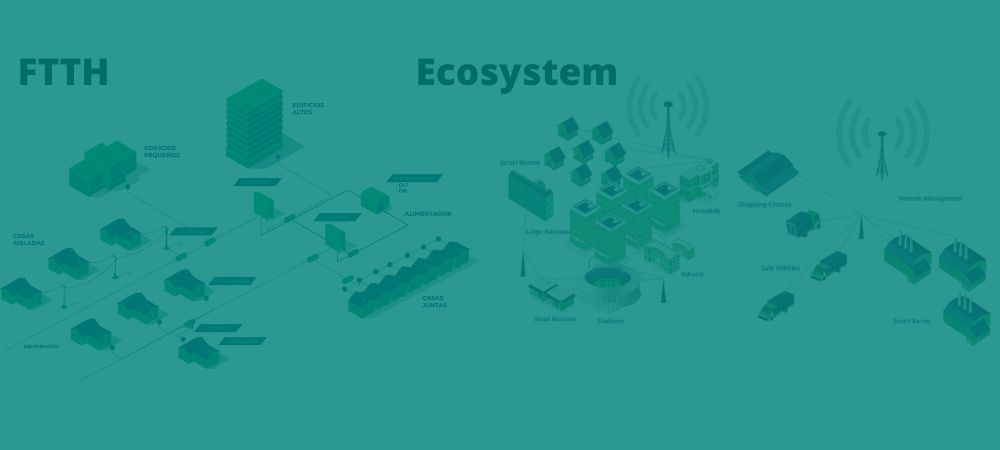 In this opportunity we are going to talk about work groups and work teams, and it is common to confuse certain terms, because we tend to simplify the language, without considering its real meaning.
In this opportunity we are going to talk about work groups and work teams, and it is common to confuse certain terms, because we tend to simplify the language, without considering its real meaning.
The RAE dictionary states that a team is an organized group of people for a specific research or service, a somewhat generic definition in our context.
A somewhat more specific definition, taken from the Concepto.de portal, states that “A work team is a grouping of individuals oriented towards the achievement of a single common goal, i.e., the undertaking of teamwork or collaborative work. It usually allows associating people with different talents, knowledge or skills, to advance towards a common goal, thanks to the synergy of individual capabilities“.
Therefore, if there is no shared objective, we cannot speak of a work team, and synergy is one of the main reasons for the existence of work teams, since the results of a well-functioning team are superior to the results from individual effort.
There are other differences that I took from a couple of sources (See references 1 and 2) between group and team, and summarized in the following table:

Then we find work teams with different levels of maturity, that is to say, within their process of formation and evolution, they are acquiring characteristics that make them better and better, showing greater integration and performance.
In the literature, the so-called High Performance Teams can be found, formed by a group of people with special skills, abilities and competencies that, working together and having common objectives, achieve extraordinary results, providing creativity, initiatives, achievements, value and coordination above the rest of the company (3).
In a high-performance team, its members are committed, cohesive, motivated, take on different roles, know the goals to be worked on, are highly integrated, and, above all, are well-trained and skilled. In addition, a non-authoritarian, integrative leadership is exercised, which knows the particular needs of the team members, as well as the team’s goals, so that, on occasions, they are forced to make decisions on changes in the assignment of tasks, or permanence in the team of some of its members (4).
In the agile world, we also find Agile Teams, which include, in addition to the characteristics of high performance teams, others that favor the results of software development teams.
Agile teams include Scrum Teams, which consist of a product owner, the development team and a Scrum Master. Scrum teams are self-organizing and cross-functional, using a model designed to optimize flexibility, creativity and team productivity. Scrum teams, between 3 and 9 people, deliver products iteratively and incrementally, maximizing feedback opportunities (5).
On the other hand, work teams are living entities that evolve over time until they reach maturity. There are different maturity models, such as the Tuckman Model, and indicators or metrics that facilitate the team’s self-evaluation and continuous improvement. Some of these indicators will be qualitative and others more objective; in any case, they must be measurable and comparable, on a regular basis, to show the evolution of the team.
Some of the commonly used indicators are: 1. Value (points) of Tasks under development, Burndown table, 3. Speed (points completed in one iteration), 4. Technical debt, 5. Business value delivered to the customer (6). Other metrics are designed to measure Efficiency for the business and organizational efficiency, technical quality and the satisfaction of the participants in relation to their work in a team or organization (7).
References:
- Amazonia-teamfactory: Differences between work group and work team
- Differentiator: Group and team
- EOI: High performance team
- Team Factory Blog: What high performance teams are and how to build them
- Scrum Guide: The Scrum Team
- PMOinformatica: 5 performance metrics for agile and Scrum development projects
- Knowledge21: Metrics – How to measure your team’s agility
María Esther Remedios
@soy.agile.coach




